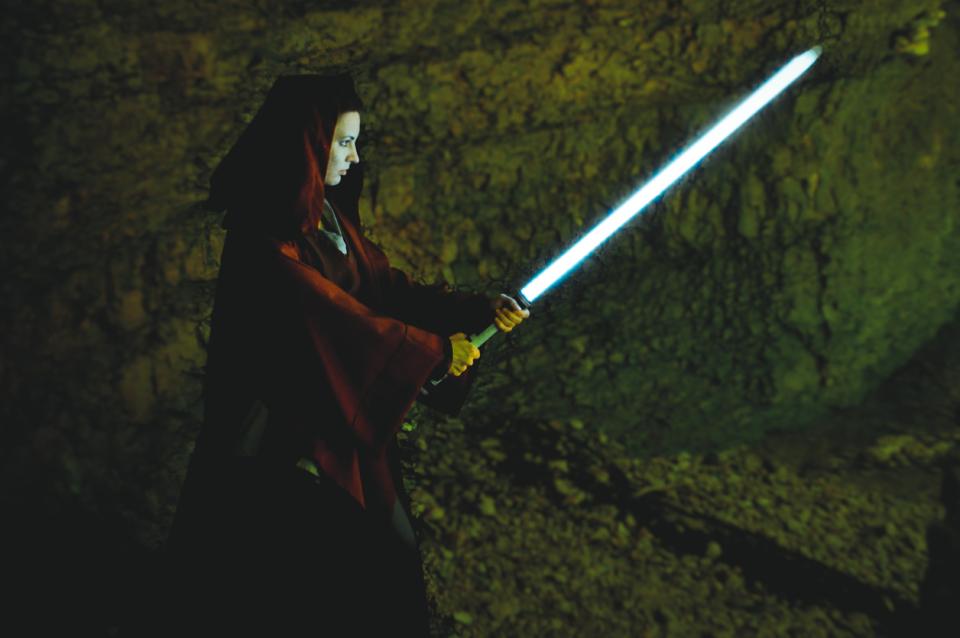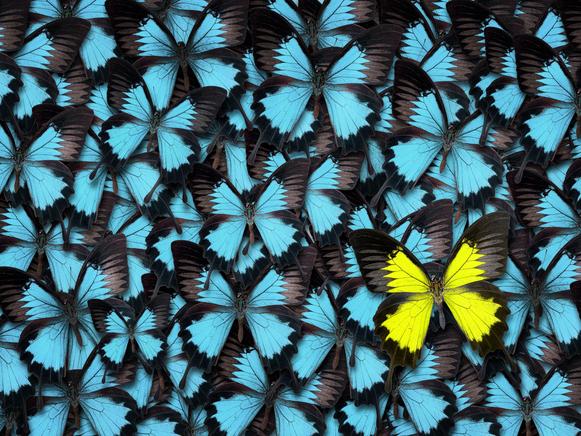I’ve had the privilege of mentoring 28 PhD students and watching many of them go on to become professors, department heads and pioneers in their own right. I’ve come to believe that training young scientists is less about guidance and supervision – it is about giving them superpowers by nurturing minds, fostering independence and creating an environment where curiosity thrives.
Here’s what I’ve learned over 25 years of training PhD Jedi – and what I’d offer as advice to fellow supervisors.
Let go early – give them ownership
Most PhD students arrive with a mix of excitement and uncertainty. Traditional UK training often hands them a pre-packaged project like a frozen dinner – nutritious but uninspiring. One of the most important things I do is hand over intellectual ownership of projects to my students from the very beginning. I don’t assign pre-packaged research questions. Instead, I encourage them to explore, to ask bold (sometimes crazy) questions and to design their own experiments. This isn’t just empowering. It’s essential. When students feel their ideas matter, they invest deeply in their work. They take risks. They innovate. And sometimes, they make discoveries that change the course of science – such as that bumblebees play.
Advice: Don’t just supervise – collaborate. Treat your students as junior colleagues, not apprentices.
Build, don’t buy
In my lab, we don’t rely on off-the-shelf equipment. My students build their own experimental setups, often from plywood, cardboard or 3D-printed components. This DIY approach fosters creativity, problem-solving and resilience to the uncertainties of obtaining research funding. It also avoids the trap of cookie-cutter science, where everyone uses the same tools to ask the same questions. Some of our most exciting breakthroughs have come from these homemade set-ups, paired with cutting-edge IT and programming skills that students learn along the way.
Advice: Encourage students to build something, literally. Whether it’s a puzzle box for bees, a software that mimics brains or a conceptual framework. Creation breeds ownership.
- How to build trust as a research supervisor
- ‘I’ve been a research supervisor for 35 years and I’m still learning’
- Advice for supervising a PhD by published works
Weekly meetings: a ritual of discovery
Every week, we gather for lab meetings, journal clubs and one-on-one discussions. These aren’t just administrative check-ins – they’re vibrant intellectual exchanges. Students present their latest findings, critique key papers and challenge each others’ ideas. The atmosphere is ambitious but constructive. We aim for breakthroughs that might change textbooks. This culture of curiosity and critical thinking is one of the most important aspects of our lab. It builds confidence, sharpens minds and fosters community. Once, I asked students to write their own obituaries: in their wildest dreams, what would they want to be famous for?
Advice: Make lab meetings sacred. Not just for logistics but for learning, dreaming and challenging each other. Encourage wild ideas. The best science often starts with a “what if…?”
Mentorship beyond graduation
I stay in touch with my former students long after they’ve defended their theses. I help with grant proposals, offer career advice and collaborate on new projects. Many of them now hold prestigious academic positions around the world – from London to Tucson and Tokyo. Mentorship is a long-term investment. This long-term investment pays dividends – not just for you and the students, who might happily collaborate for many years – but also for the field.
Advice: Stay in touch. Your mentorship doesn’t expire with the degree, and at some point students might have useful advice for you in return.
Diversity is a strength
My lab is proudly diverse. Of my 28 PhD students, 18 have been women, and 11 came from minority or developing country backgrounds. I don’t just welcome diversity – I amplify it. As an example, with PhD student Samadi Galpayage, we co-authored an article on Charles H. Turner, a visionary African American scientist whose contributions were historically overlooked. The piece was published in one of the most highly regarded scientific journals, Science, and sparked global recognition and media attention, showcasing how mentorship can intersect with advocacy.
Advice: Make your lab a safe space for all voices. Diversity isn’t just ethical, it’s intellectually enriching. It brings new perspectives, new questions and new ways of thinking.
Final thoughts
A PhD student’s task is not to carry the bricks to build a monument for their supervisor. They are not technicians. Thus, training PhD students isn’t just about producing dissertations and scientific papers. It’s about shaping minds. It’s about creating a lab culture where curiosity, creativity, courage and diversity are celebrated. If you’re a supervisor wondering how to build a Jedi academy for the intellectually curious, my recommendation is to trust them, challenge them and let them build their own path.
Lars Chittka is a professor in the School of Biological and Behavioural Sciences at Queen Mary University of London. He was shortlisted for Outstanding Research Supervisor of the Year in the 2025 Times Higher Education Awards. A full list of shortlisted candidates can be found here.
If you would like advice and insight from academics and university staff delivered direct to your inbox each week, sign up for the Campus newsletter.




comment